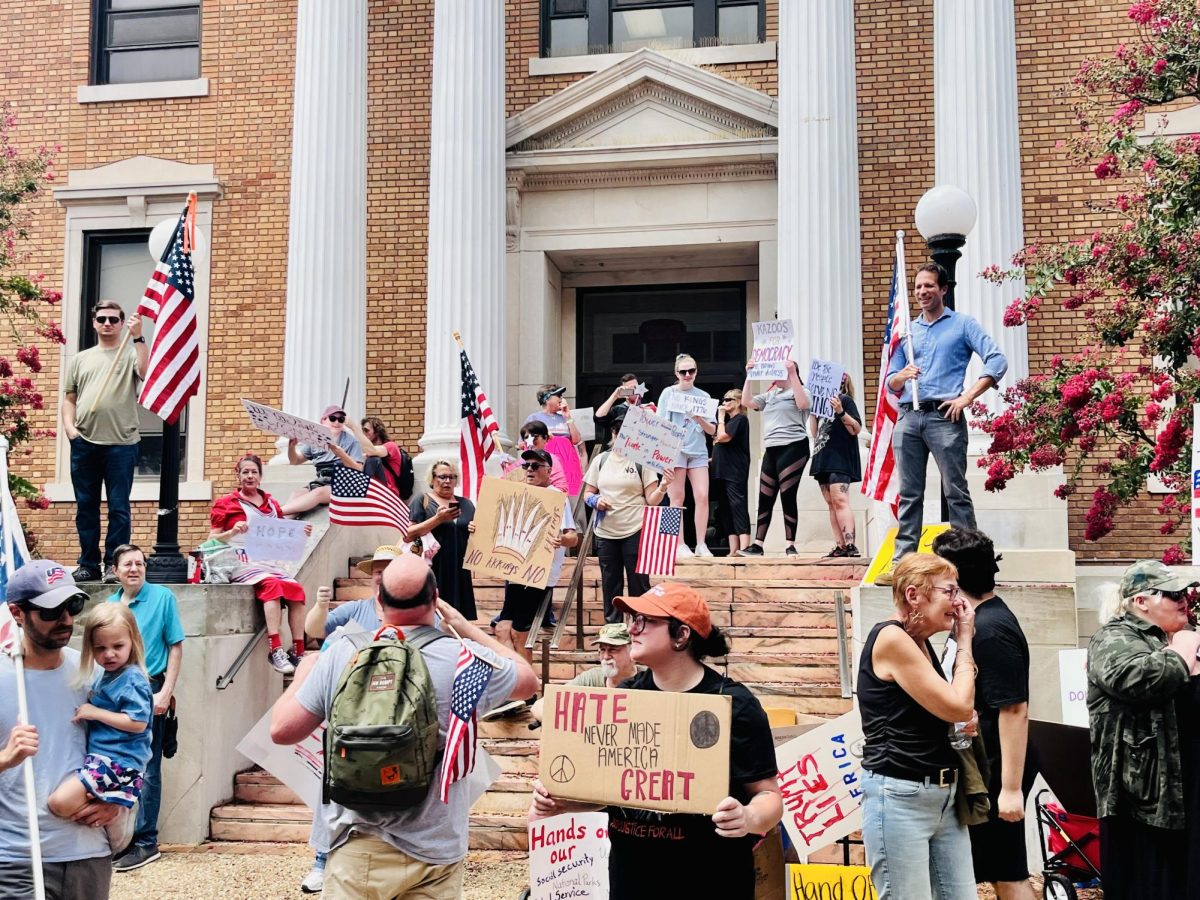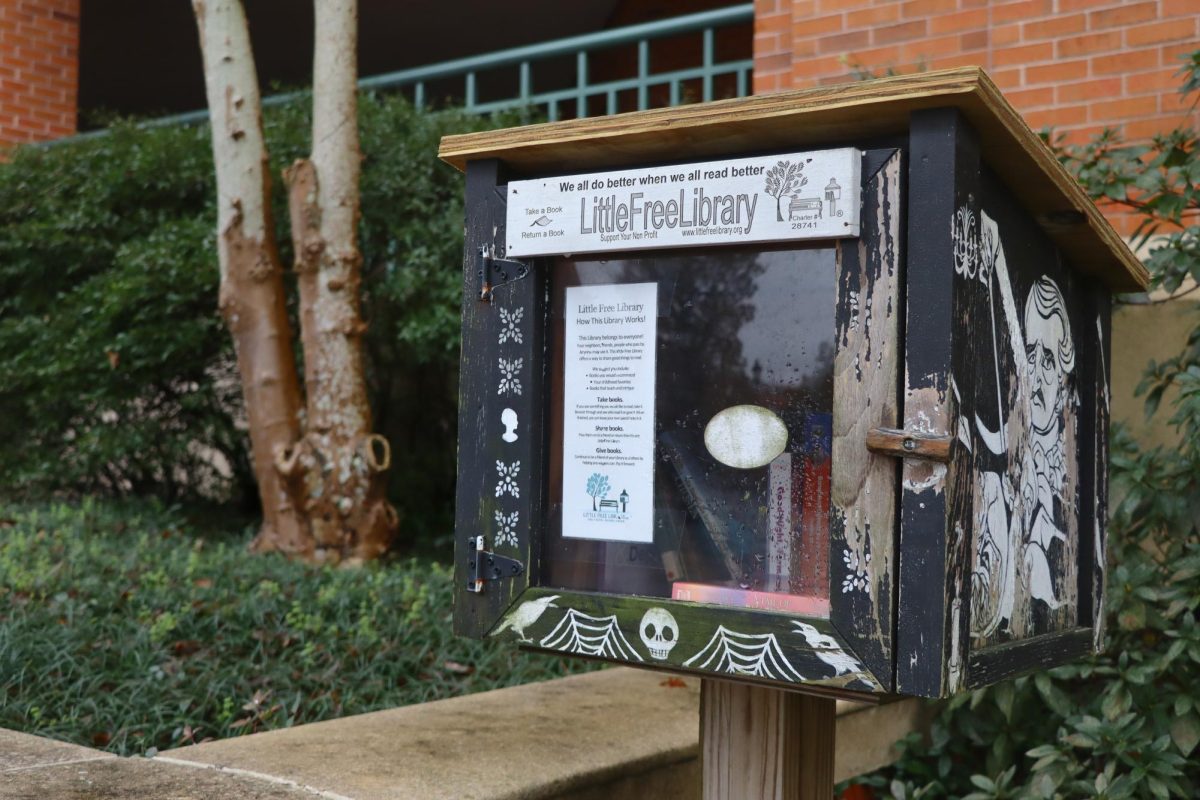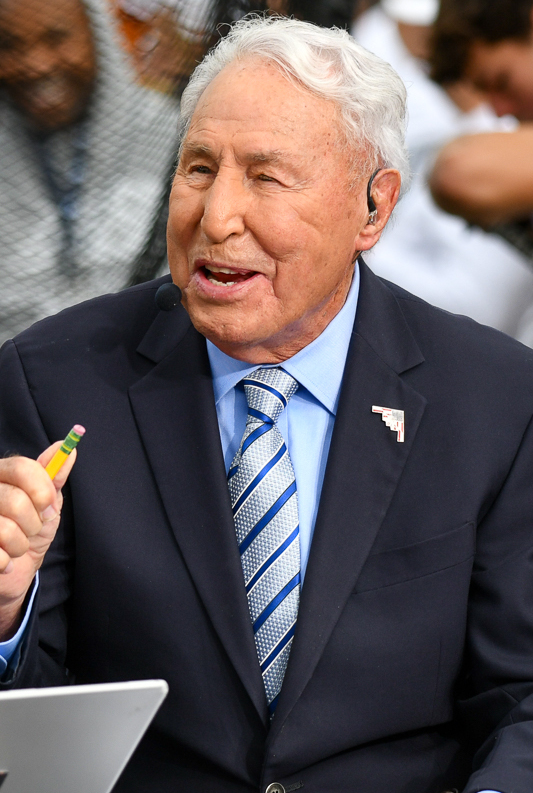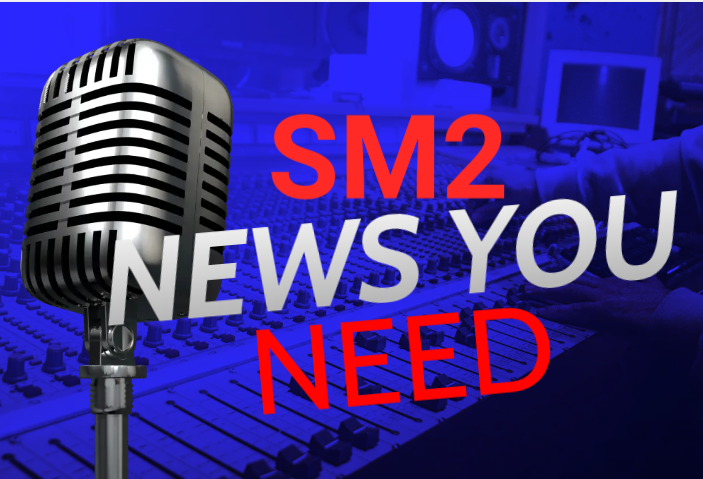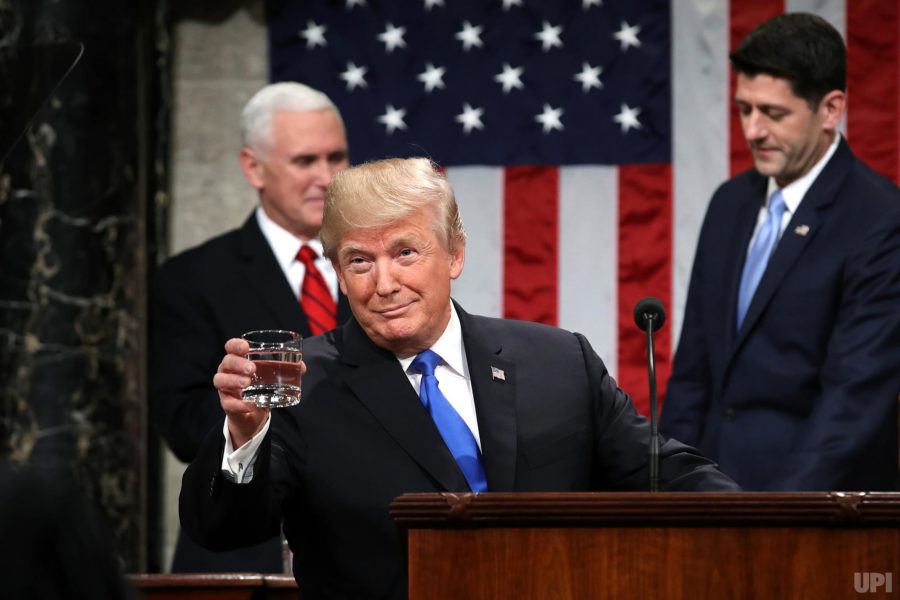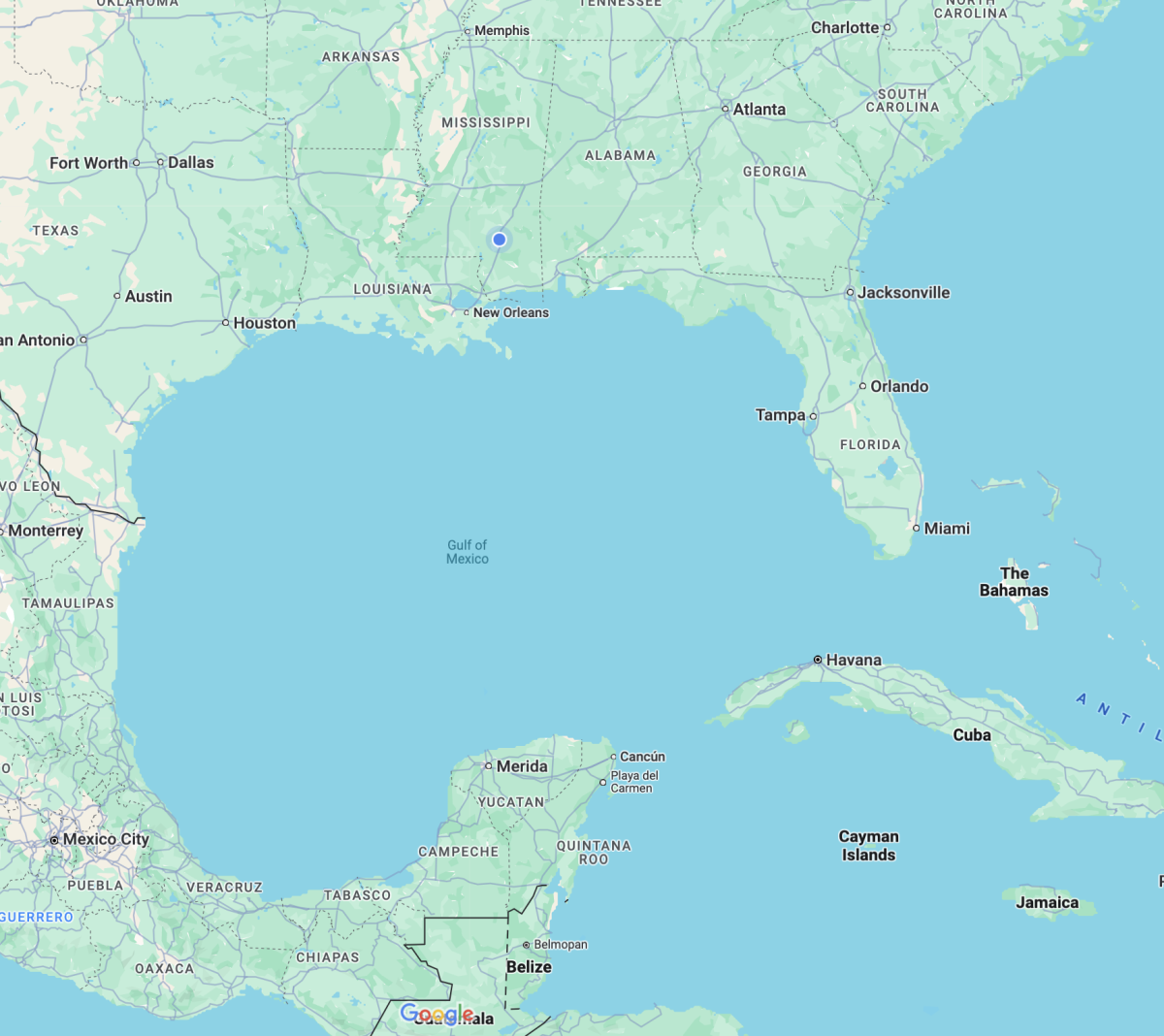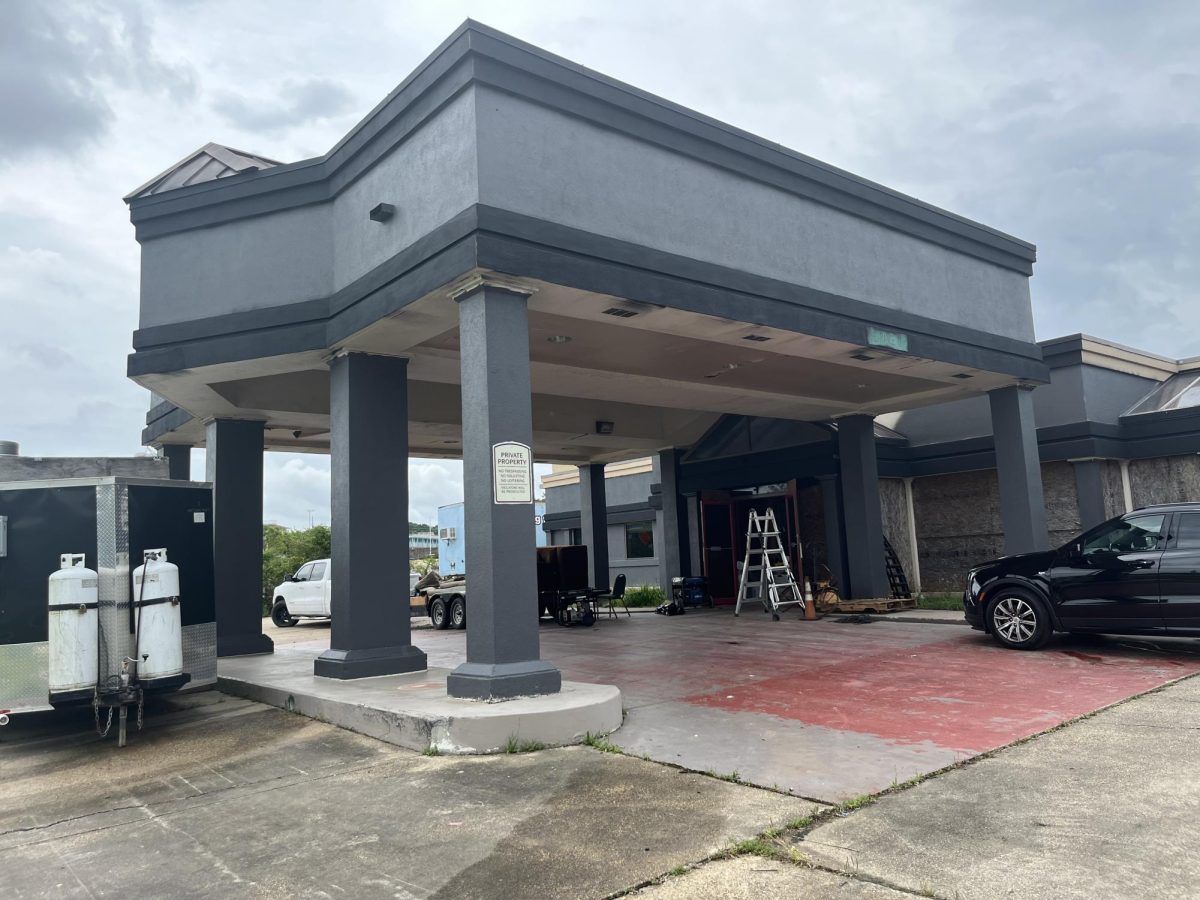President Donald Trump delivered his 2018 State of the Union address to Congress on Tuesday, Jan. 10, just a week after the United States government was shut down due to the Senate’s inability to reach a compromise on immigration reform. As is customary, the President both touted his success and outlined his agenda for the year. Here are some highlights of the address:
ECONOMY AND JOB CREATION
Going into the 2016 election, most Republicans believed that Trump’s business prowess would translate into strong and evident economic successes, so it is no surprise that job creation and economic growth would be at the top of the President’s speech. The creation of nearly 2.4 million jobs, 200,000 new manufacturing jobs, rising wages, low unemployment, a soaring stock market, biggest tax breaks since the 1980s and repealing the penalty of the Obamacare mandate were mentioned.
The state of the economy since Trump’s inauguration is unquestionably healthy—jobs are being created, the stock market is booming and employment is the lowest it has been since the 2008 recession. However, the trends of job creation, stock market expansion and plummeting unemployment rates have been present and healthy since 2010, meaning that those successes are more likely reflecting the self-correcting labor market and lingering Obama-era policies than just one year of Trump’s effort. Concerning the major GOP tax cuts, the amount of household bonus is contested, but is expected to be in the $2,000 range, although 60 percent of the total tax cuts will be going to the top 20 percent wealthiest Americans.
INFRASTRUCTURE
Since his campaign, Trump has waved around a vague (and arguably non-existent) plan for nationwide infrastructure improvement. Once the White House announced that the President would be discussing infrastructure in the SOTU, many were expecting a carefully-detailed plan that would reflect a year’s worth of otherwise ambiguous and unhelpful deflections. Although the President still did not give much insight to his plan, we were able to catch a glimpse of what Trump is looking for: (1) “at least” $1.5 trillion in funding, (2) partnerships with state and local governments to reach that $1.5 trillion, (3) private sector investment “where appropriate,” and (4) to streamline building permits to two years or less.
For the record, Trump will not be asking Congress for $1.5 trillion—and that is fine because the Republican Congress would not give it to him anyway. In fact, seconds after Trump said the words “one-and-a-half trillion dollars,” the Republican side of the chamber was notably quiet with the exception of a few gasps. Instead, it is more likely that Congress will offer somewhere between 1020 percent of that figure in federal funding and leave the other 80-90 percent of financing to state and local governments. Such reliance on local funding raises questions about how (or if) infrastructure improvements will make their way to low-income communities.
IMMIGRATION
Perhaps the climax of the SOTU was the President’s remarks on immigration reform, the topic considered to be the centerpiece of the negotiations to end the most recent government shutdown. The President outlined four pillars of his “bipartisan” immigration reform deal: (1) a path to citizenship for 1.8 million children brought into the country illegally, (2) “securing the border” (a.k.a. the wall), (3) ending the visa lottery, and (4) ending chain migration.
When President Obama originally created the Deferred Action for Childhood Arrivals (DACA) program, approximately 800,000 young people brought into the country illegally were projected to received protected status. Democrats should be excited to receive a path to citizenship (which DACA did not provide) for one million more people than DACA covered. Moreover, Senate Democrats have demonstrated a willingness to offer funding for Trump’s infamous wall in exchange for significant DACA protections.
As for the third pillar, the lottery system was created by the Immigration Act of 1990 as a way for immigrants without family ties to the United States to gain a higher possibility of receiving a green card. Eligibility through the lottery system is randomly determined based on the country of the applicant’s current citizenship; however, eligibility does not guarantee the issuance of a visa or admission to the United States. Even though current top Democrat Senator Chuck Schumer (D-NY) originally proposed the lottery system, he and seven other senators known as the “Gang of 8” attempted to repeal the lottery system in 2013. Given the opportunity, Sen. Schumer is likely to support the removal of the lottery system.
However, Trump’s assault on “chain migration” takes a violent turn from bipartisanship as most Democrats are denouncing that term as racist and the concept as a non-issue. “Chain migration” refers to the ability of visa applicants to claim family ties to the United States based on extended family. Several key Democrats have argued that Trump is trying to leverage the term “chain migration” to demonize families who are trying to be reunited legally. Further, most Democrats are pointing out that Trump’s portrayal of “chain migration” is not even accurate as family visas are currently only available to immediate family relationships, e.g. sons, daughters, siblings, and parents. Either way, expect Democrats to strongly push back on any attempt to limit family visa in a future immigration reform deal.
SURPRISES
+ Trump signaled support of Paid Family Leave
+ Trump continues ambiguous relationship with pharmaceutical pricing (or “Big Pharma”)
+ Trump signaled interest in building (massive) nuclear arsenal Topics that were missing + Social Security and Medicare
+ Any mention of the national debt or deficit reduction
+ An education agenda (although he briefly mentioned vocational schools)
CONCLUSION
The President’s State of the Union remarks were met with pomp and protest, thundering applause and rumbling crowds. No matter how many appeals Trump made to “unity” and “bipartisanship,” deep divisions were clearly displayed during the SOTU address. Even with his expected gains in the approval ratings, Trump looks to remain under a 42 percent approval rating and above a 53 percent disapproval rating. One thing is for sure: the President had better be serious about this call to bipartisanship, since the federal government is set to experience another shutdown if a budget extension cannot be met before midnight on February. 8.
Additionally, the Republicans are expected to focus on bipartisan cooperation in 2018 because midterm elections could very easily result in a Democratic majority in the Senate if the President and his Republican-controlled Congress can’t work together to achieve his agenda. The upcoming elections depend on a multitude of variables, but the President’s likability and approval ratings are being closely-monitored by state and local Republican candidates to determine whether or not they should align themselves with Trump.
Finally, the President’s supporters and skeptics should recognize that Trump’s remarks were considerably moderated from where he was one year ago. This general trend has been astonishingly present since Trump secured the Republican nomination in 2016: his rhetoric was moderated for the general election (not entirely, but significantly in comparison to his primary rhetoric) and then again after the election.
With midterms approaching and the President’s not wanting to jeopardize his Republican majorities in the Senate and House, this SOTU may just be a shift towards bipartisan negotiation and legislative deal-making. We’ll see how this works out in November.



